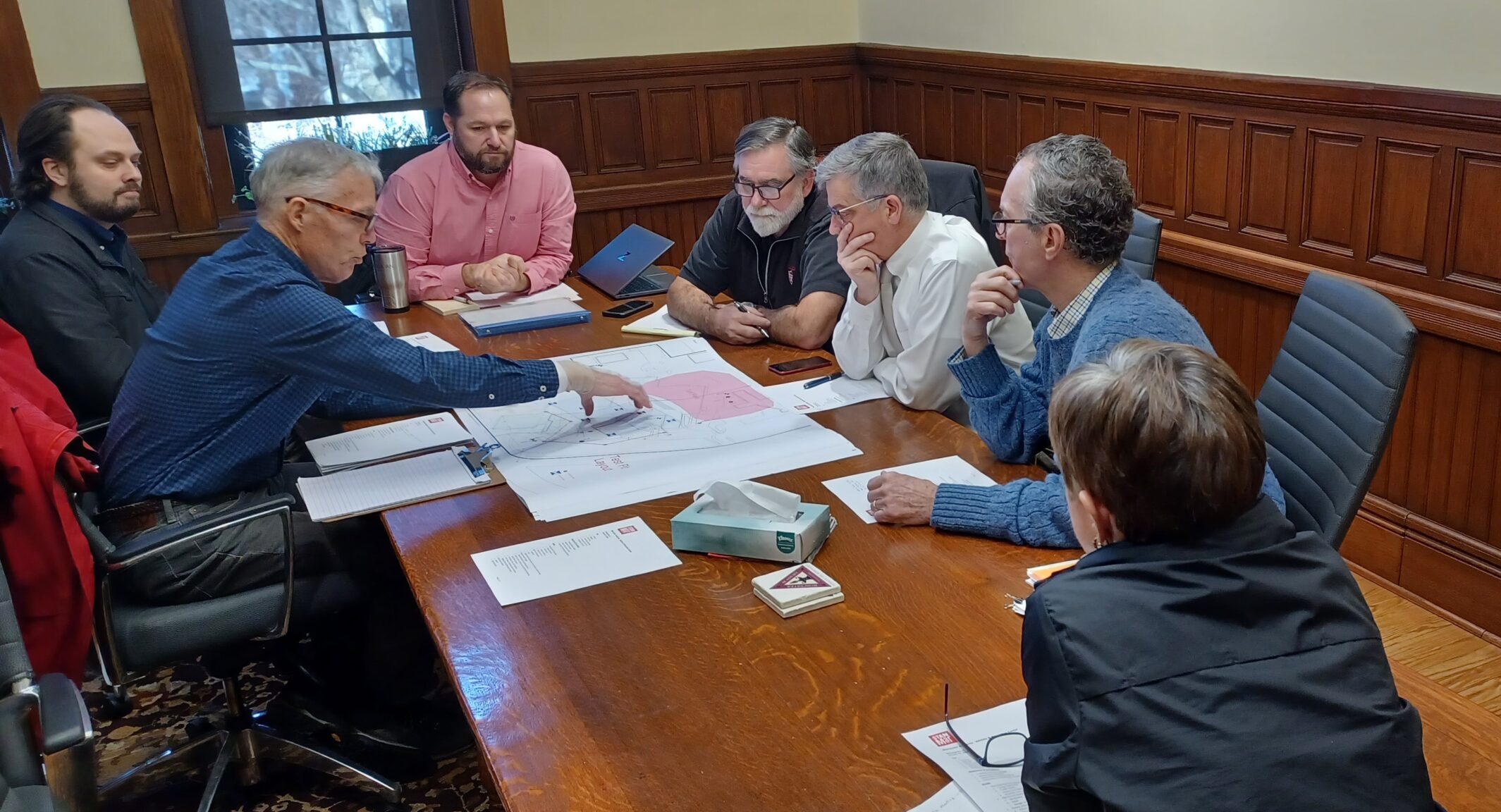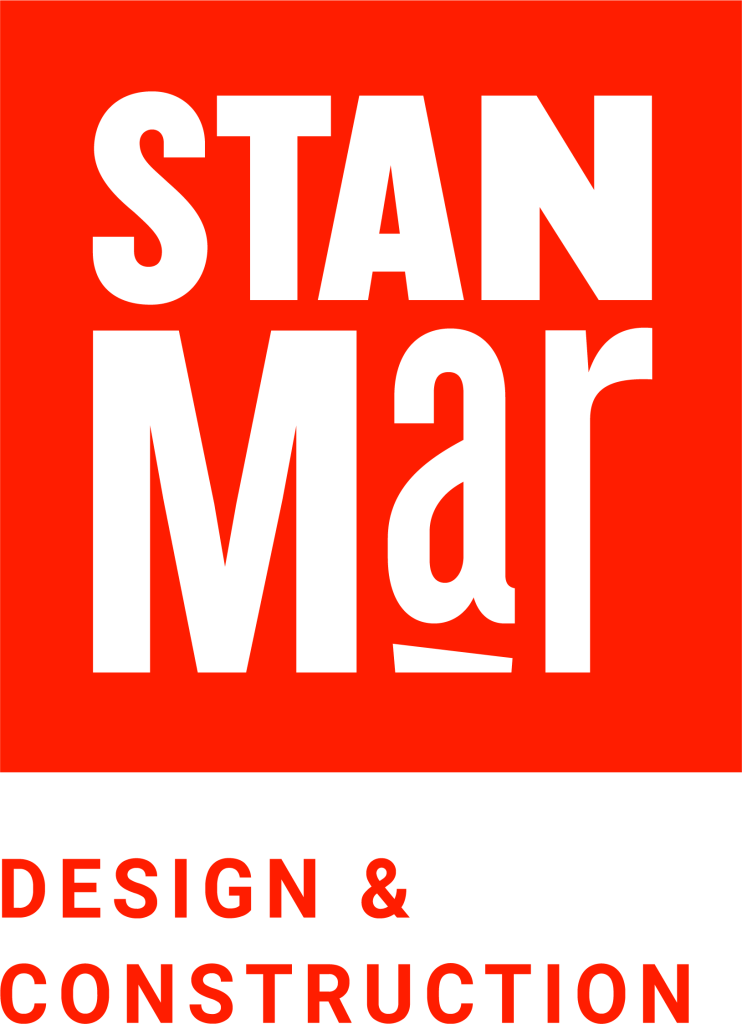No one begins a construction project intending to have cost overruns. Unfortunately, cost overruns are often a product of how architecture and construction firms are incentivized to increase fees/revenues on projects. In the traditional Design-Bid-Build (DBB) delivery method, incomplete architectural drawings, poor timeline management by a project manager, and contractors submitting unrealistically competitive low bids to land work are a few of the many ways an owner can be hit with change orders (CO). Owners are often left feeling confused, angry, and unsure about who is responsible when they are faced with a change order.
As Jen Cronan, Stanmar’s senior project manager, puts it, “In today’s marketplace, often, architects and engineers lower their fees to competitively price a project in order to secure the work. This can result in having minimal resources to put drawings together and end up providing the owner with an incomplete drawing set with missing details, etc. Scope is added as they go to make up for the missing items, which then is charged to the owner. Additionally, an incomplete drawing set is problematic when the general contractors competitively bid a job. In this situation, they might not be awarded the project if they include missing scope, resulting in a higher base price.”
In other words, the process of asking for competitive fee proposals for the design and then bidding the construction as separate processes can lead firms to present lower costs upfront, knowing they’ll make it up later in added design and construction change orders. Owners can be the ones footing these bills – or refereeing disputes between a fractured team.
What, then, can owners do when contractors say that the architect is liable for the added costs because their drawings were incomplete or inadequate, and an architect says the intent was in the drawings and the contractor is not entitled to more money? In that real-world situation, arguments, lawsuits, and a general breakdown of the morale and comradery on a job are the likely result. The best strategy is for the owner to align the architect and contractor on the same team – contractually and fiscally – so they are working together with the owner from the commencement of a project.
At Stanmar, we work under a Design/Build model. The architect’s contract is with the contractor (Stanmar), and Stanmar’s contract is with the owner from day one of the project. When the contractor and design team are at the table together from the early stages of the project, drawings are developed that meet program needs while maximizing space and dollars without compromising quality. In addition, there is no finger pointing when issues happen during construction – the contractor and the architect are not separately contracted, adversarial entities for the owner to referee.
As Jen says, “We start building a relationship with the architect from the first day of the project. We aren’t being handed a set of plans to bid on, we know the client and their goals, requirements, and concerns. All of us on the design/construction team have the institutional knowledge of WHY we are building the building the way we are, which is invaluable during the construction phase when decisions must be made, and ultimately not only controls costs but often saves the owner significant money.”
There are a few actions any contractor should take to control costs on a project. It is critical they have tight control over the drawings and the subcontractors’ scope of work. An architect and contractor should be on the same page about drawing details before subcontractors are bidding on the work.
“That way, we know if there are holes or missing areas in the drawings and we cover it in the scopes to subcontractors, says Jen. “It doesn’t have to be on the drawings to be called out in the scope of work, and thus in the subcontractor bids. This avoids change orders and arguments later. We also award subcontractors as early as possible to avoid additional costs related to long lead times. If you award a subcontractor too late, they may have increased costs to expedite their materials or change to more readily available materials at increased cost. These risks were always there but are now much more commonplace since the pandemic.”
An owner’s chosen delivery method will dictate whether this is an issue for your team to resolve internally or one where an owner will be the referee – often resulting in additional project cost. The best advice Stanmar can give owners is to align an architect and contractor together from the project commencement. The decisions made during planning and design lay the groundwork for avoiding cost overruns during construction. While the rise of Building Information Modeling (BIM) technology and preponderance of preconstruction services are examples of the industry pulling a project team together earlier, in Stanmar’s opinion, nothing is as effective in avoiding cost overruns as a true Design/Build team working towards a client’s goals from the outset of a project.
Dawson Miller, Marketing Assistant

